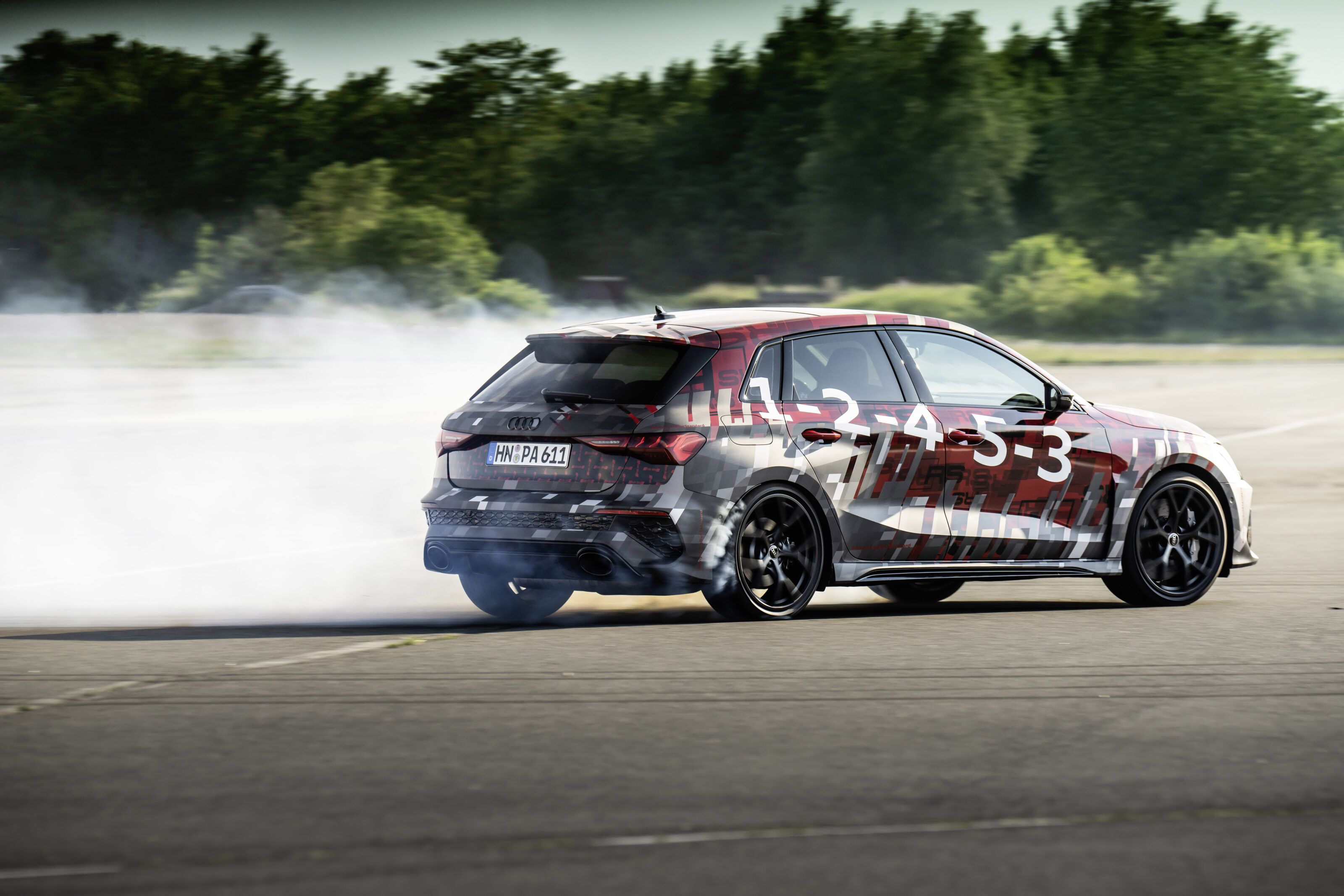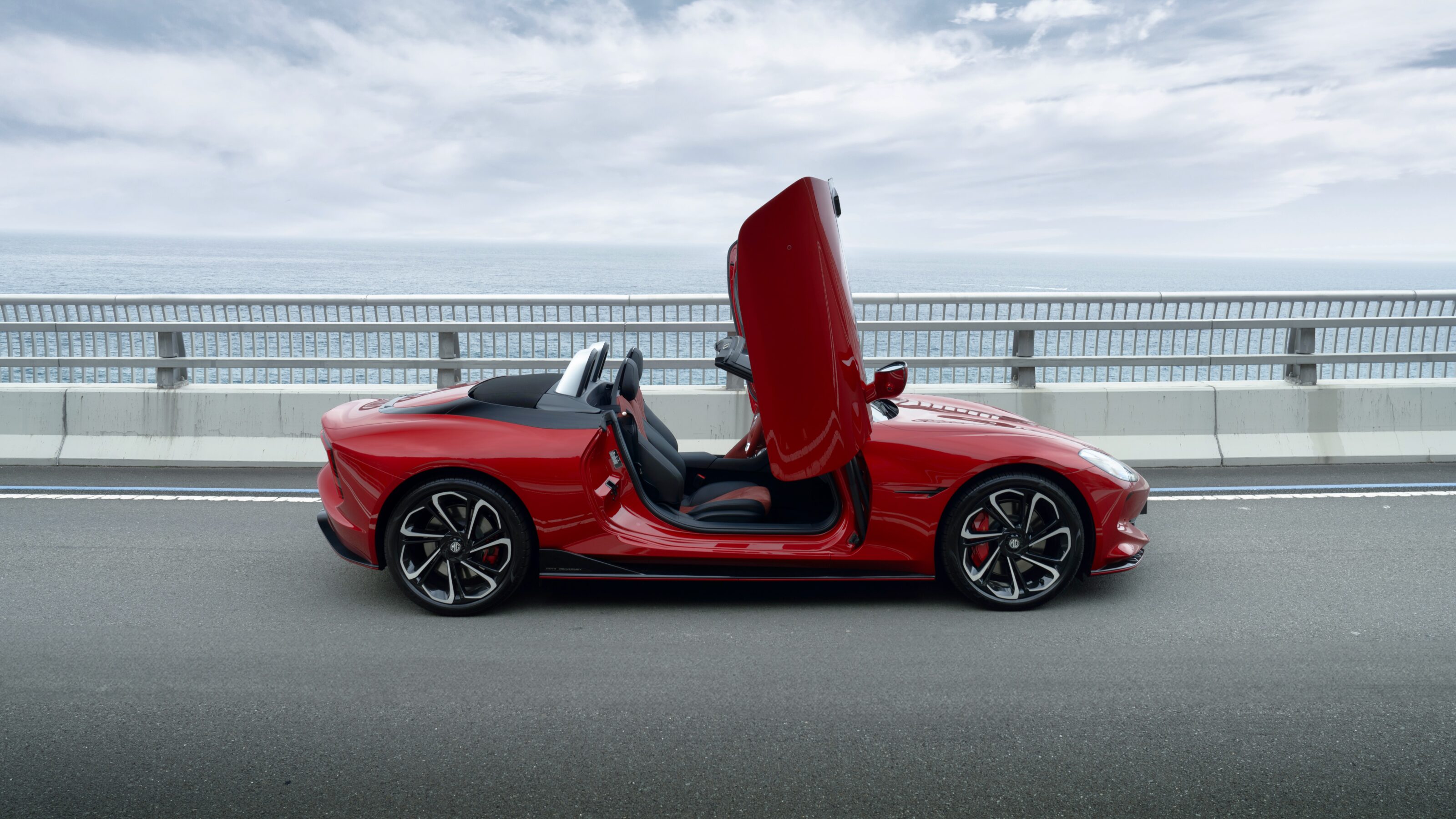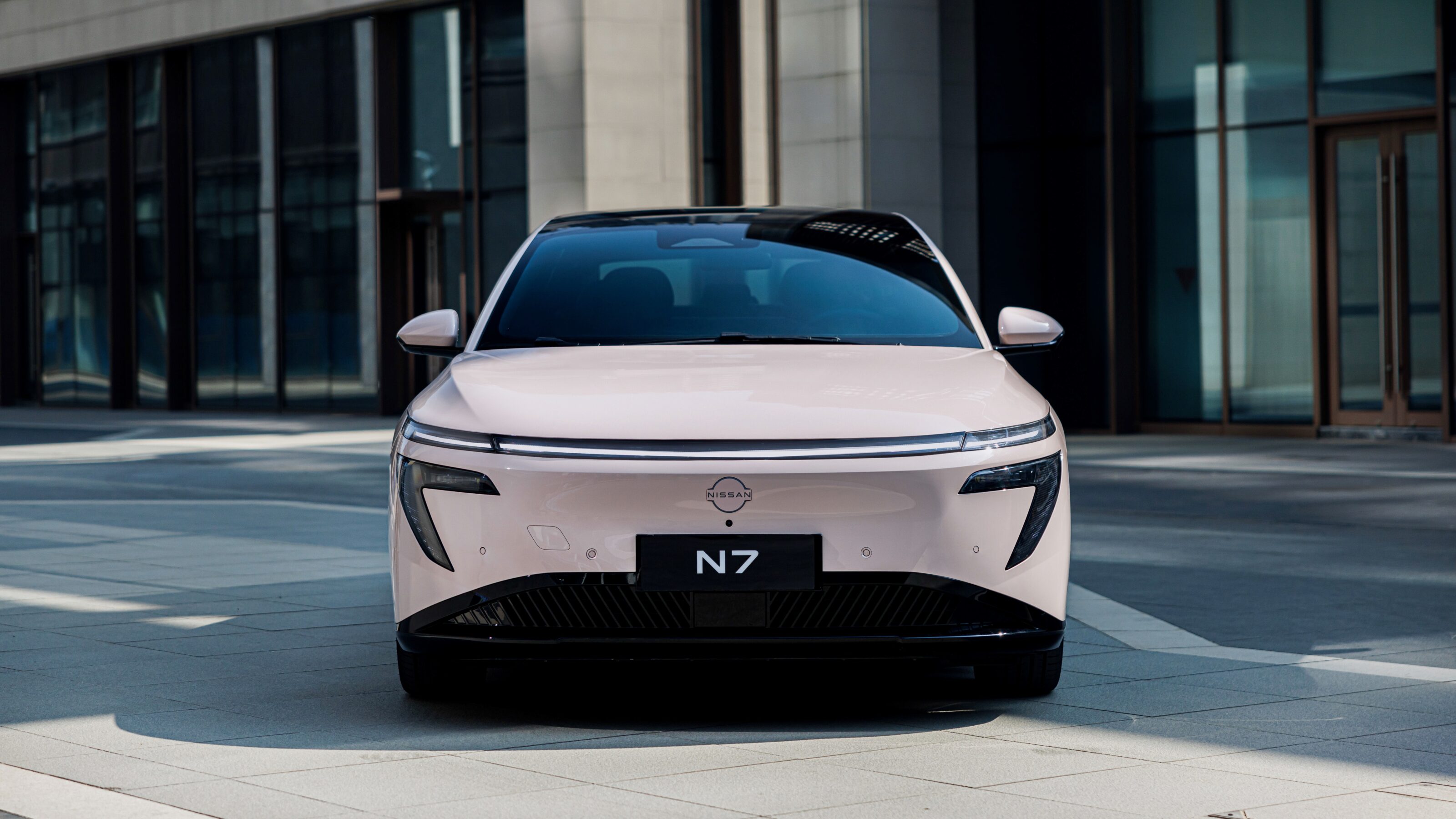Snapshot
- New RS Torque Splitter can send 100 per cent of drive to an individual rear wheel
- Whopping 290km/h top speed available
- Drift mode!
Ahead of the full reveal for the next iteration of Audi’s hotly-anticipated RS3, Audi has released a trove of technical details outlining the next iteration of RennSport’s popular compact street fighter.
Drastic exterior and interior facelifts are expected but, while it seems much of the RS3’s main ingredients remain the same, a host of new tech promises the most capable and dynamic package in the nameplate’s ten-year history.
JULY 20, 2021: The new RS3 has finally been revealed. See our RS3 page here.

Still based on Volkswagen Group’s MQB-architecture and retaining the familiar 2.5-litre five-cylinder turbocharged engine, peak power remains capped at 294kW but arrives 250rpm sooner at 5600rpm. Torque also increases by 20Nm to 500Nm, arriving earlier and sticking around longer, between 2250rpm and 5600rpm.
Alone, those mechanical developments may seem underwhelming, but the RS3 also debuts a number of significant technological advances for the brand; princely the new RS Torque Splitter rear axle.
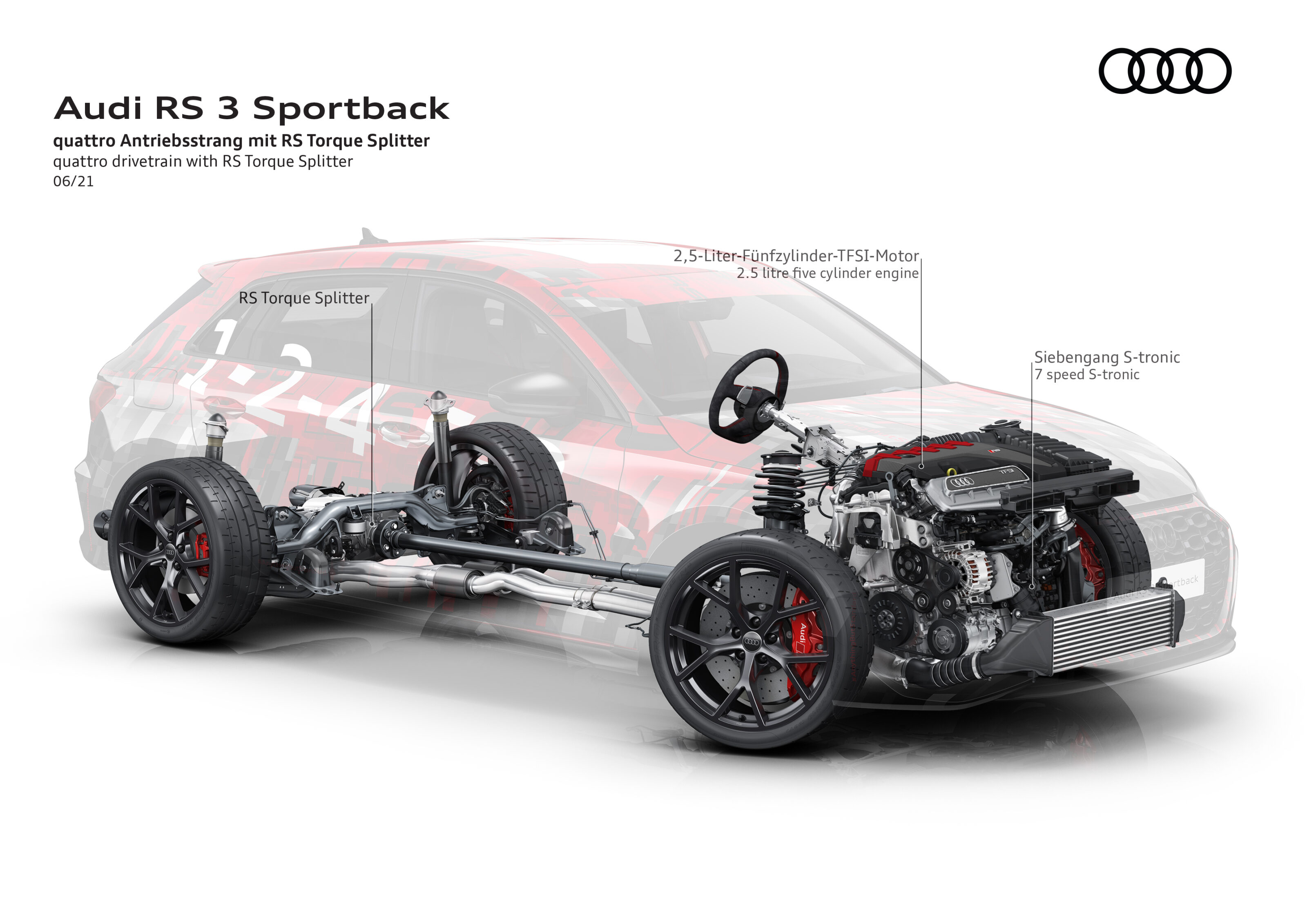
A very similar unit has already been seen underneath the new Mk8 Golf R’s rear-end, and sees a mechanical differential mounted atop the rear axle, with independent electronically-controlled multi-plate clutches connecting to each rear driveshaft.
While the outgoing Haldex rear end allowed up to 50 per cent of engine torque to be sent rearward, the new fully-variable system is able to cater for 100 per cent of drive to either rear corner. In most dynamic circumstances, depending on the drive mode, the RS Torque Splitter will minimise understeer and oversteer, while maximising individual wheel grip and aiding corner entry and early power-on at exit.
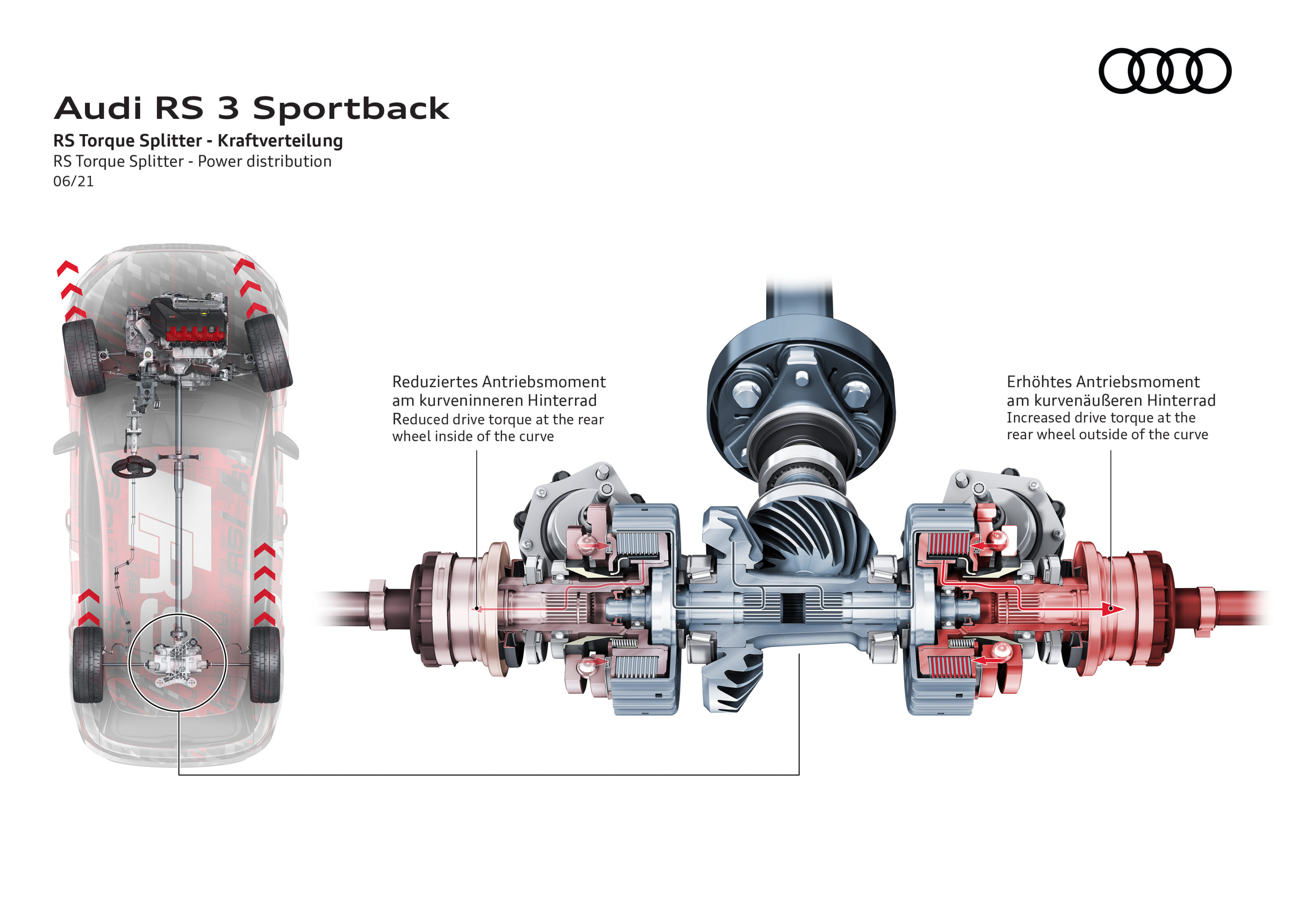
Two new drive modes also make their debut, comprising of RS Performance and RS Torque Steer modes, beyond the familiar Comfort, Auto, Dynamic, Efficiency and Individual modes.
RS Performance is an even sharper emphasis of Dynamic mode, specifically optimised for the racetrack, and tuned to the new factory-option Pirelli P Zero Trofeo R semi-slick tyres; while RS Torque Steer mode leverages the Torque Splitter’s ability to deploy all available torque to a single rear wheel; a functional drift mode, for all intents and purposes.

Despite yielding no more power than its predecessor, shorter gear ratios allow the RS3 to slash 0.3 seconds from its 0-100km/h time, ultimately boasting a claimed 3.8 second sprint to triple digits.
In base trim, V-max is limited to 250km/h, although 280km/h is available as an option; so too is the optional RS Dynamic package which, combined with ceramic brakes, allows for a class-leading top speed of 290km/h.
The seven-speed dual-clutch gearbox, along with revised gear ratios, gains a reinforced right-angle drive to cope with the increased torque and gear ratio spread.
The modular Vehicle Dynamics Controller (mVDC) is lifted from the existing A3 and S3, and handles rapid communication between the Torque Splitter’s two control modules, adaptive dampers (if optioned) and wheel-selective torque control, to maximise the desired feedback, speed and handling depending on the drive mode application.
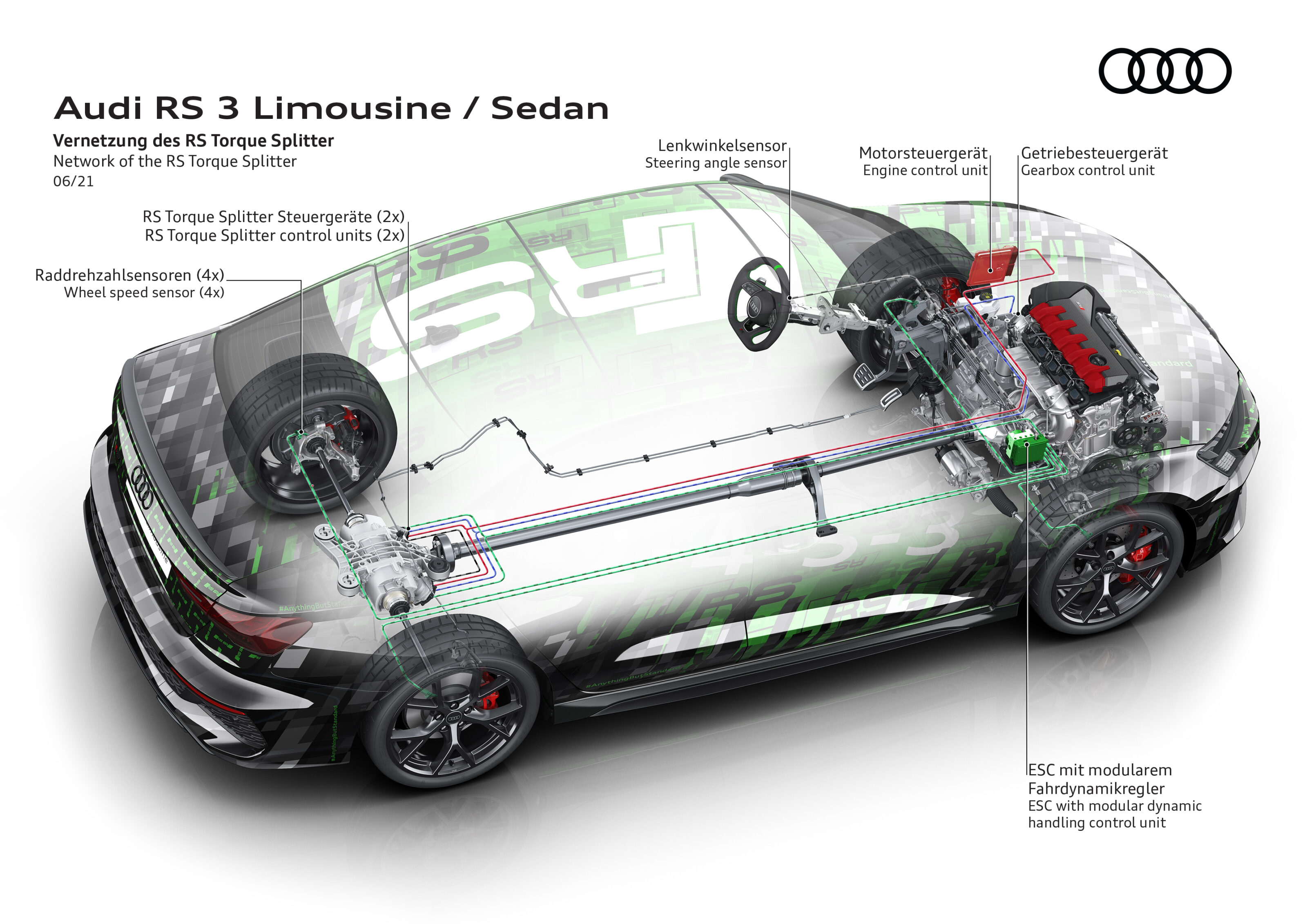
Now with seven drive modes to choose from, the new Audi RS3 offers even more personalisation between dynamic situations with distinct tuning curves pertaining to the powertrain control units, steering assistance, adaptive dampers and fully-variable exhaust flaps.
Combined, these configurable dimensions offer distinct personas between the seven drive modes on offer, with Comfort and Efficiency distributing drive between all four wheels with priority given to the front axle; while Auto mode intelligently balances torque between all four wheels and effectively minimises understeer and oversteer.
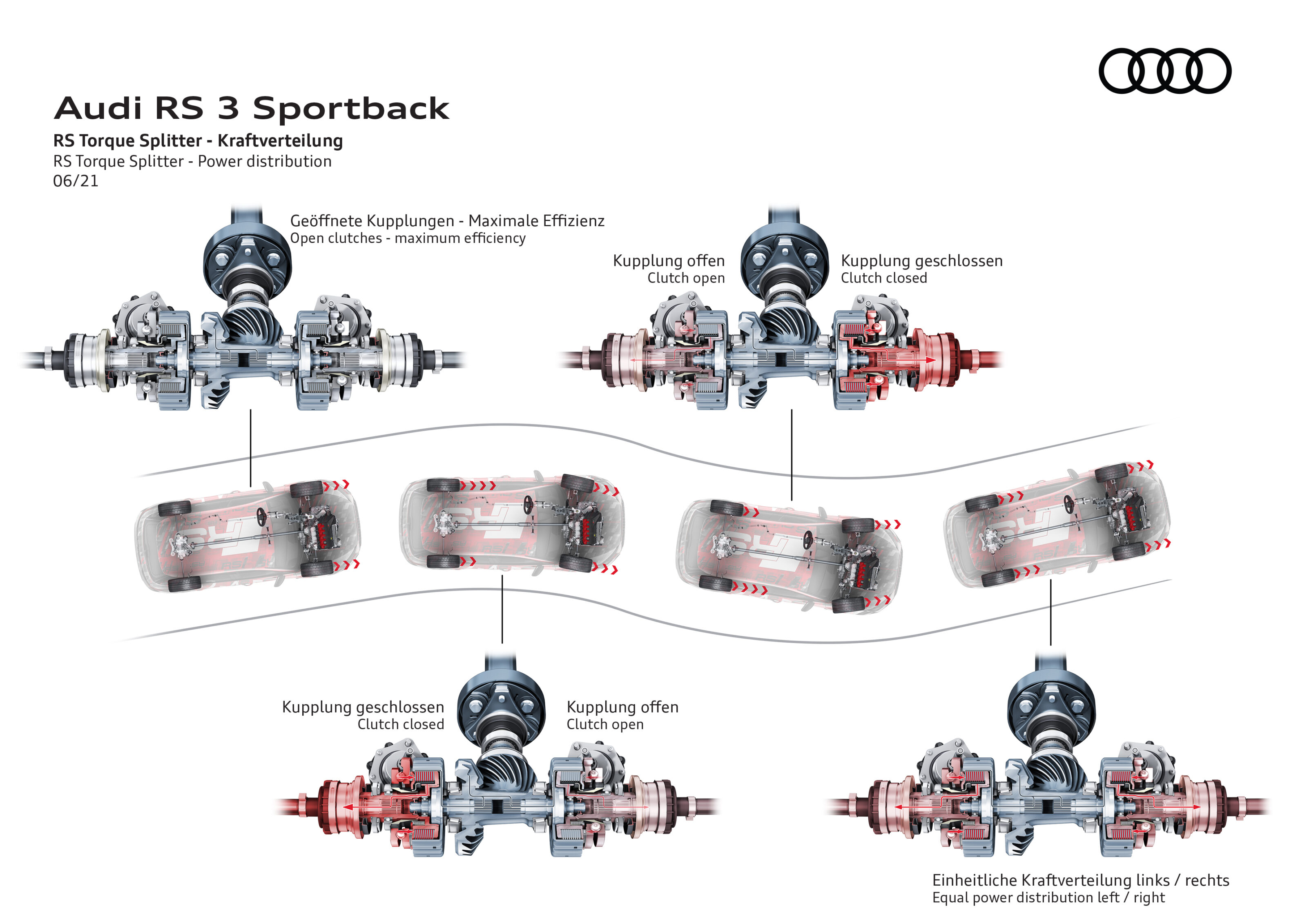
Dynamic mode, the previous-most focussed setting, sends as much torque as possible to the rear, whereas RS Torque Rear mode is a hyperbolic extension of this – able to spin the outside rear tyre with 100 per cent of engine power – and RS Performance, best reserved for seeking the fastest lap time possible.
The ESC has been revised to supplement the RS Torque Splitter, tyres, and suspension settings, yielding faster reactions and greater control and boasting three stages of interference: Activated, Sport and Off.
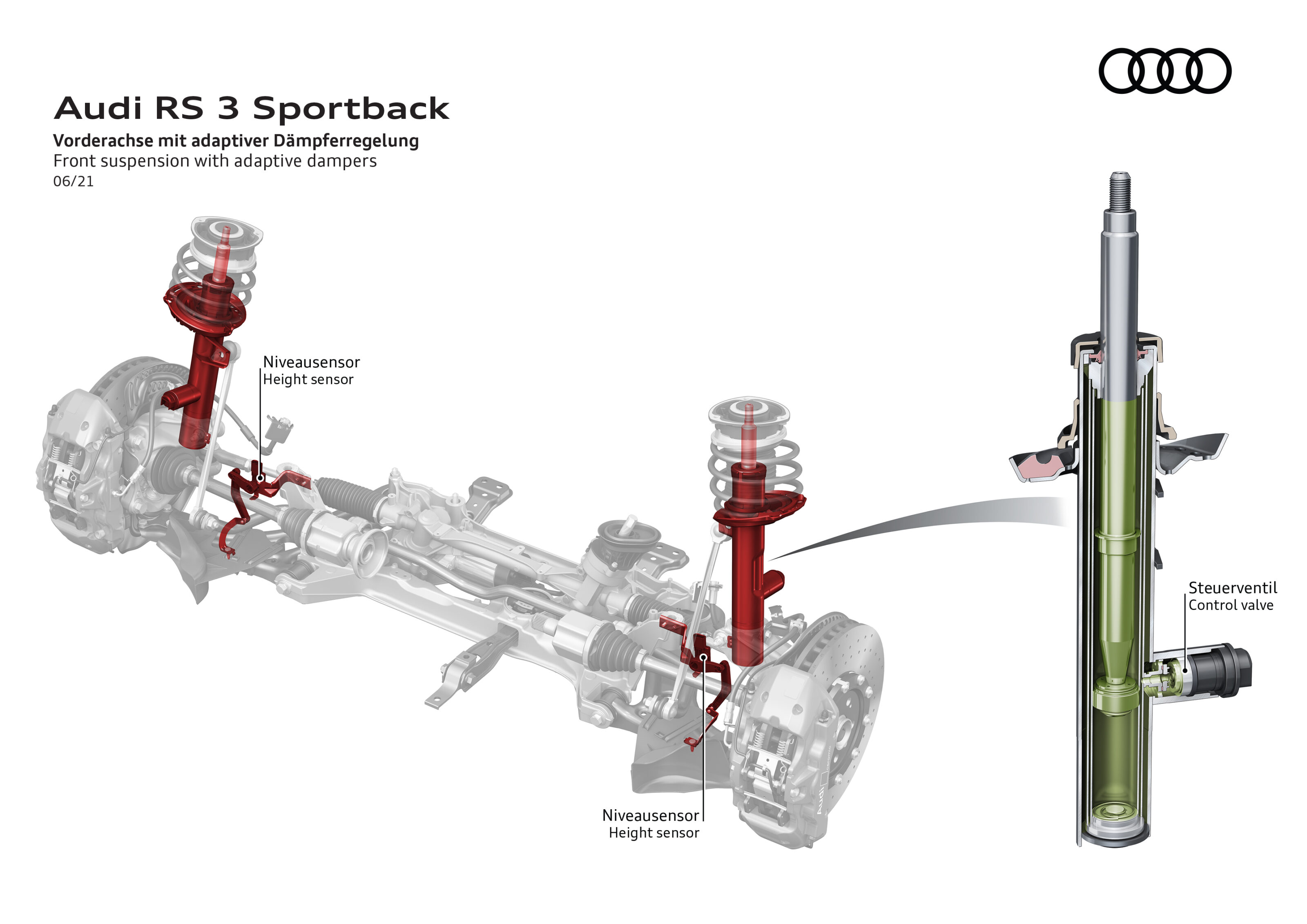
The new RS3 also gains revised model-specific shock absorbers and valve settings, with a MacPherson strut assembly up front, plus bespoke pivot bearings, stiffened lower wishbones, subframes and anti-roll bar; while a four-link rear-end features out back with a separate spring/shock construction, subframe and rear anti-roll bar adapted to the new RS Torque Splitter rear axle.
An optional RS Sport Suspension Plus package includes adaptive damper control, in which there are three further tuning curves for Comfort, Balanced and Sport situations. Wheel speed sensors and the mVDC repeatedly measure the body’s vertical acceleration and wheel speeds in milliseconds and continually vary damping force to maximise purchase under dynamic load.
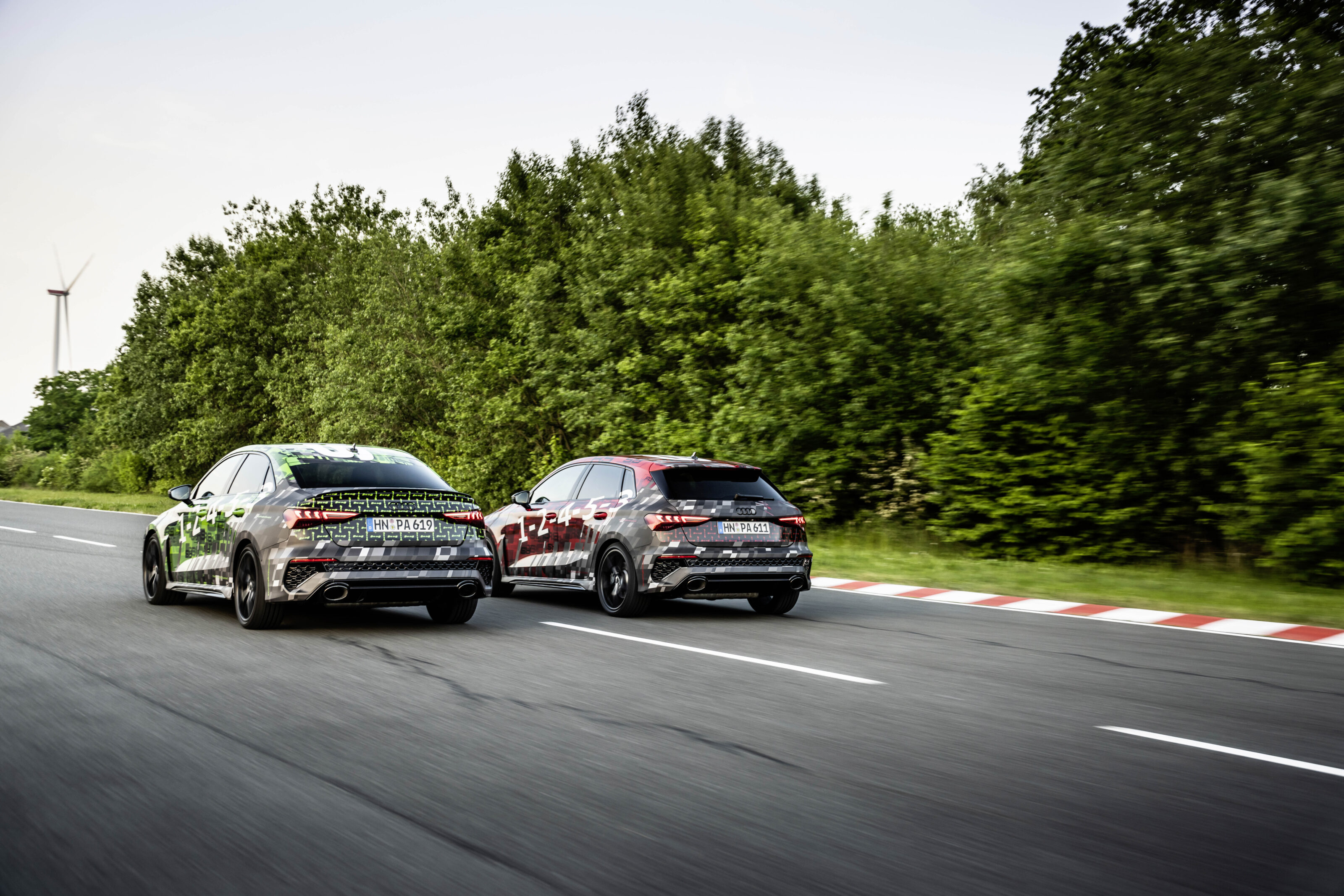
Audi Sport’s quest for maximum traction continues in fine detail, with almost one degree of additional negative camber dialled in to the front axle, while negative camber at the rear increases by half a degree; helping to maximise the tyre’s contact patch under hard lateral load.
It seems to be a techno revolution for Audi’s highly-anticipated RS3, and while the main ingredients remain familiar; that’s no bad thing in the eyes of many Audi Sport fans. The future of Audi’s beloved five-cylinder remains unclear, and with the brand under immense pressure to shift towards electrified offerings amidst looming Euro 7 regulations, what may possibly be the final five-pot RS3 we ever see is also shaping up to be the best one yet!
Stay tuned for more news as the 2022 Audi RS3 inches closer to its full reveal.
We recommend
-
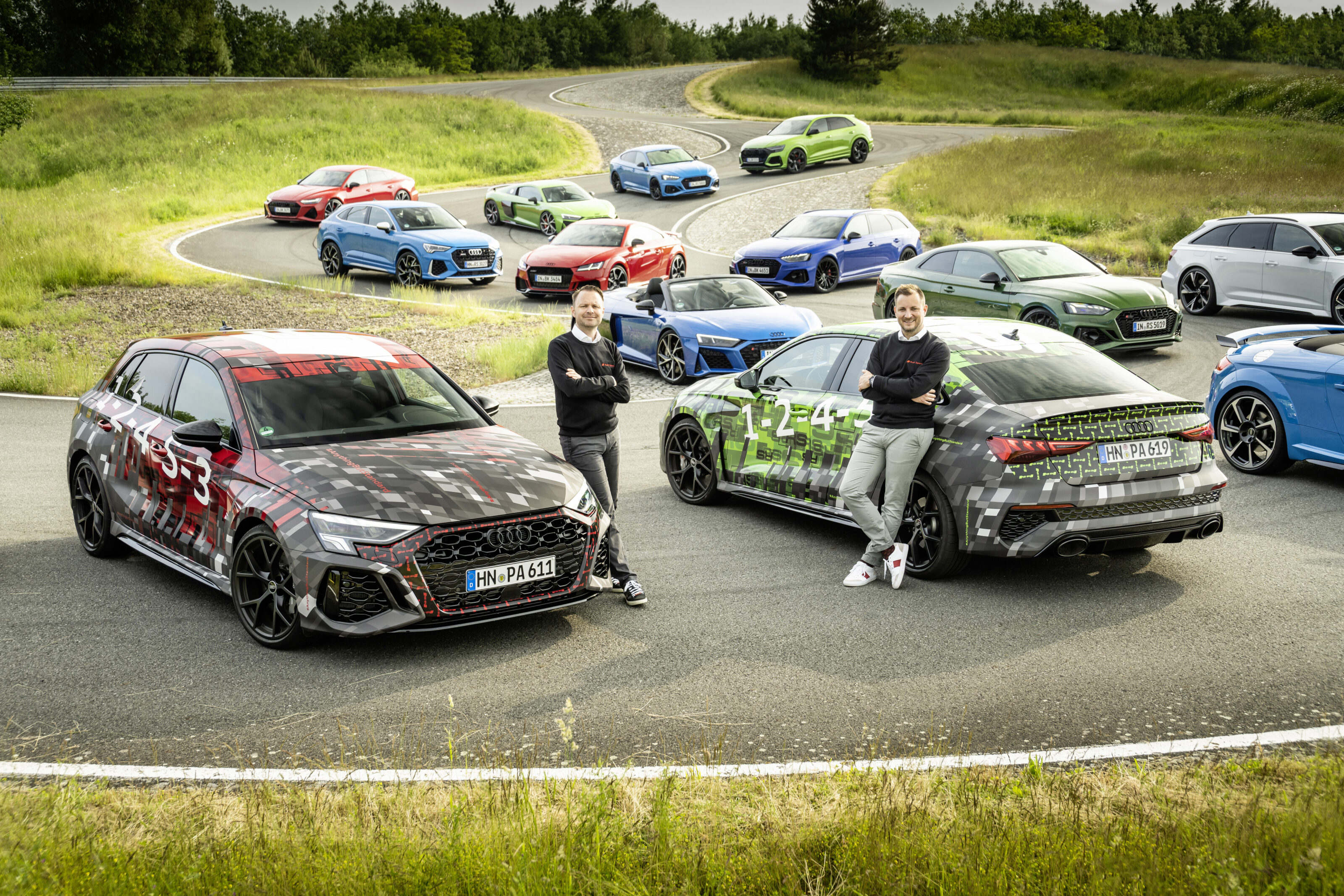 News
NewsOur first glimpse at the 2022 Audi RS 3
We have our first glimpse of the soon-to-be revealed RS 3 update, US expects deliveries in 2022
-
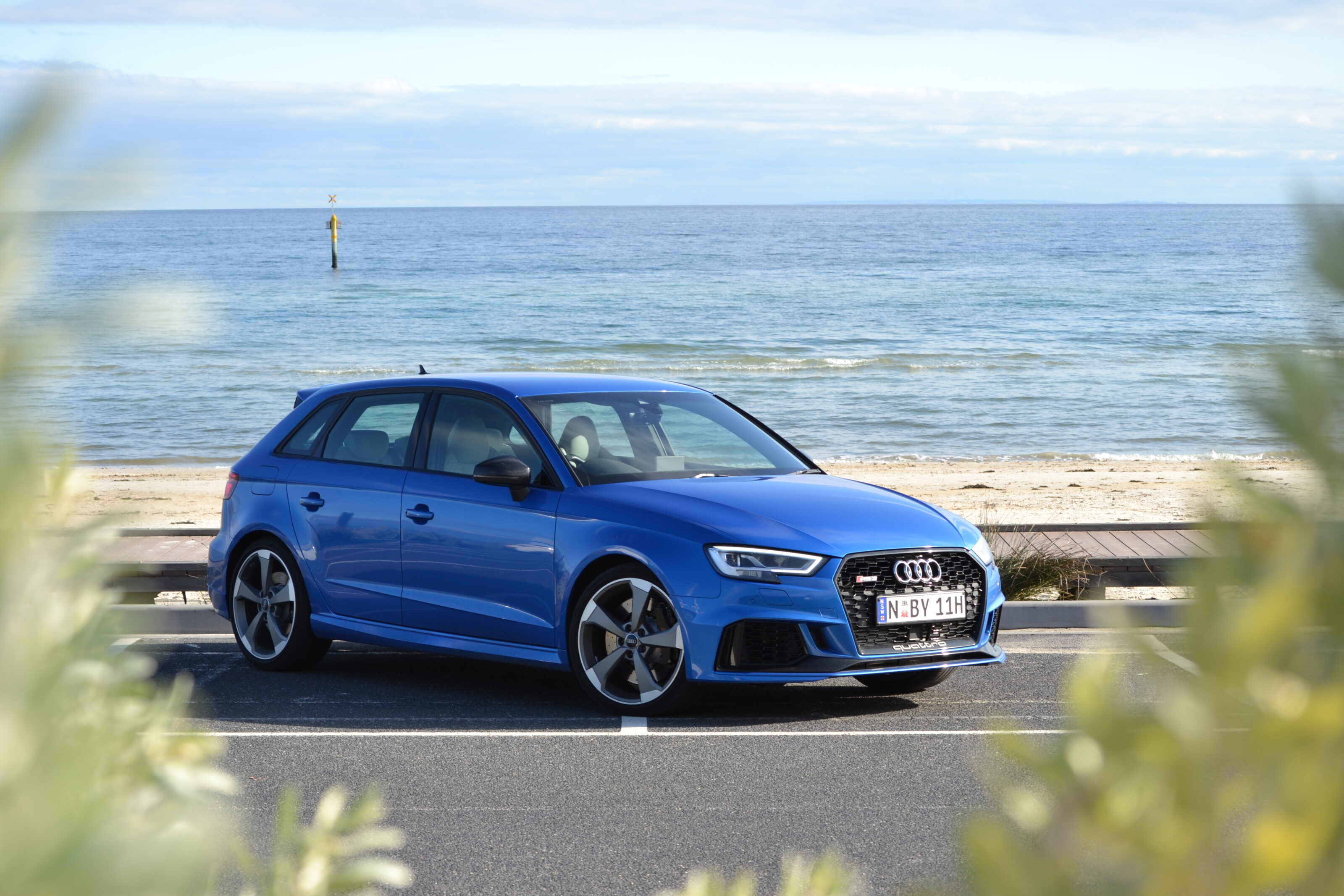 Reviews
ReviewsLiving with the 2021 Audi RS3
Audi’s smallest RS returns and enters our garage
-
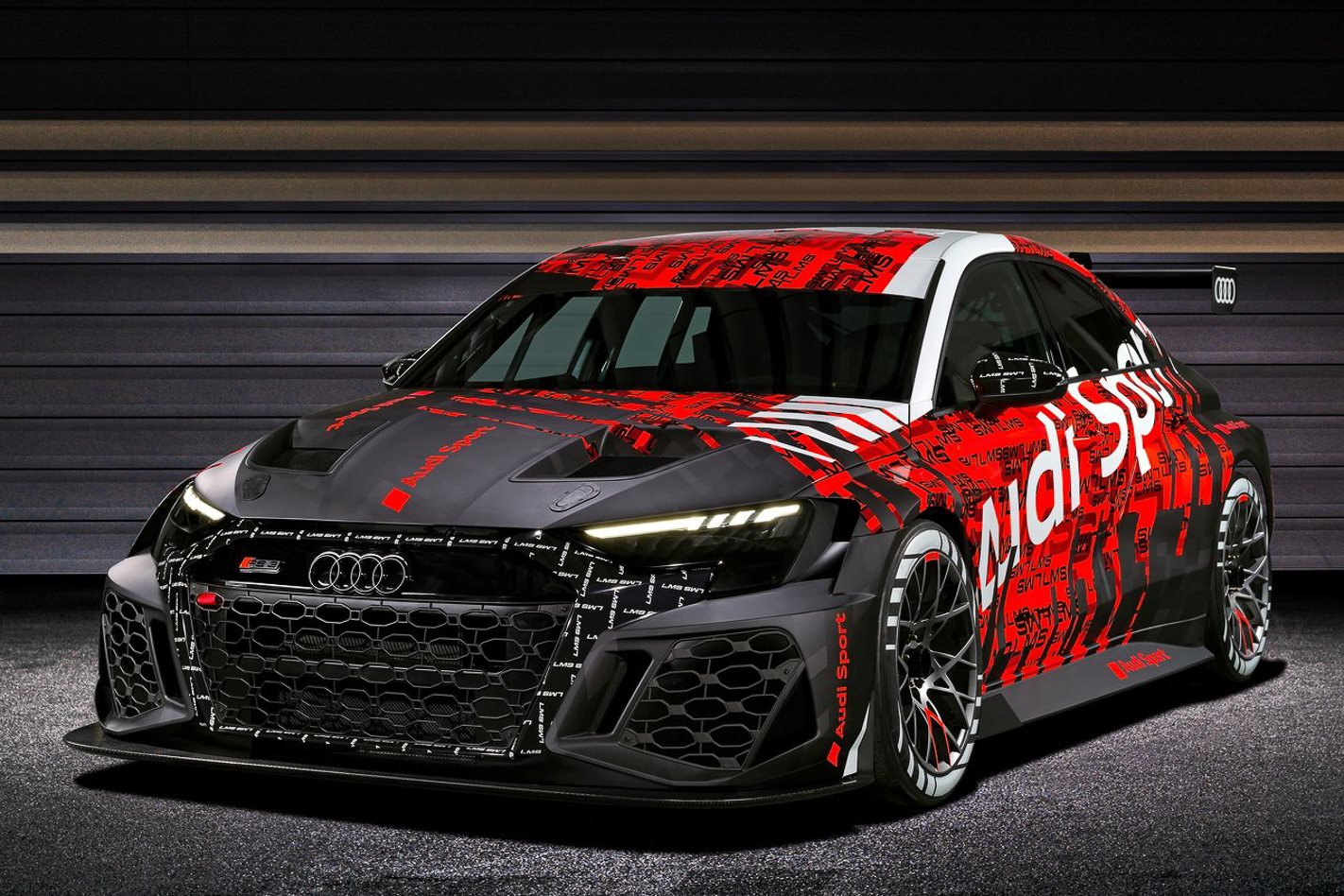 News
NewsThe Audi RS3 LMS is an entry-level 250kW racer
Audi's TCR contender returns anew, ready for battle around the globe


